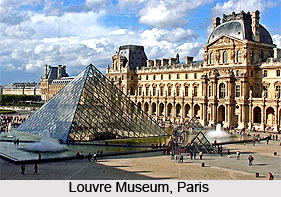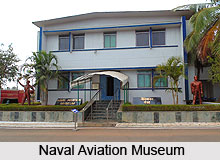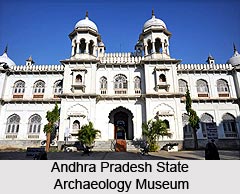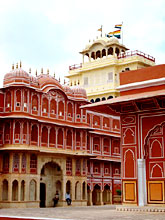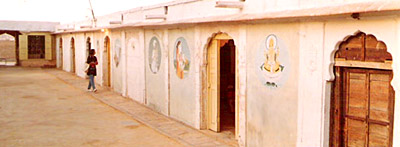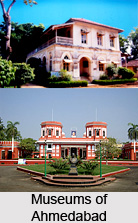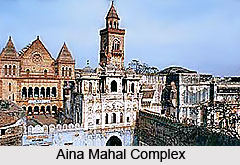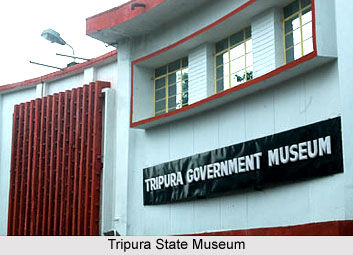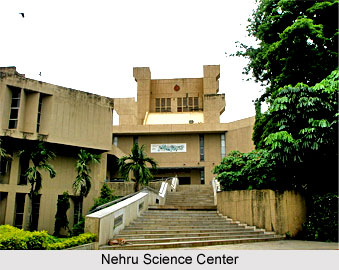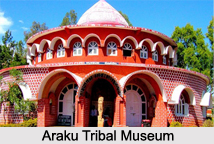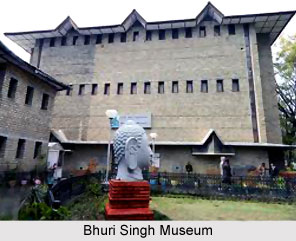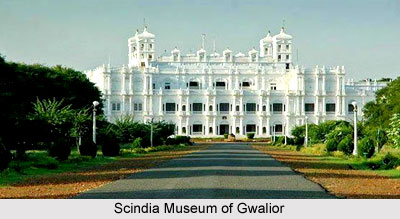The Calcutta Gallery, has a discrete charm about itself. The concept first dawned on the Lord Curzon . However, in 1986, Prof. S. Nurul Hasan, the then Education Minister, Government of India and Chairman of the Board of Trustees of the Victoria Memorial Hall , embarked on a mission of making Calcutta, presently Kolkata, as the epicenter of academic pursuit and tourist attractions.
In November1988, experts and specialists, underwent an international seminar , organized by the interested Prof. Hasan on Historical Perspectives for the Calcutta tercentenary. The notion of a permanent Calcutta Gallery at the Victoria Memorial was greeted with tremendous applause. The concept blossomed under the guiding forces of Dr. Ashin Dasgupta and Dr. Barun De, of the Calcutta Gallery sub-committee. Mr. Vikas Satwalkar, Director of the National Institute of Design acted as the right inspector of the grand exercise. Mr. Tridibesh Sanyal and Mr. Siddhartha Ghosh of Tangram Design Pvt. Ltd. served as the suitable overseers for the occasion. On the whole, the entire plan got accomplished by the then diligent Secretary and Curator of the Memorial, Mr. Hiren Chakraborty .
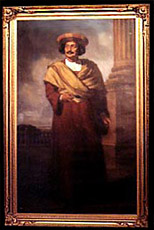 The Calcutta Gallery brings into the limelight the history and development of the city of Calcutta , right from its inception in the hands of the builder, Job Charnok, till the British rule , extending to 1911, the year of relocating the capital at Delhi.
The gallery also focuses an engaging diorama of the Chitpur road in the days of the late 19th century. Chitpur , a strategic location, was the main business site then, recently called the Burabazar area.
The Calcutta Gallery brings into the limelight the history and development of the city of Calcutta , right from its inception in the hands of the builder, Job Charnok, till the British rule , extending to 1911, the year of relocating the capital at Delhi.
The gallery also focuses an engaging diorama of the Chitpur road in the days of the late 19th century. Chitpur , a strategic location, was the main business site then, recently called the Burabazar area.
The painting of the social reformer, Ram Mohan Roy conveys a message about his philosophy. Oil paintings of eminent personalities, like Bipin Behari Dutta- the extremist leader, painted by R.B. Dutta and Michael Madhusudan Dutt -a bilingual poet, producing quality literature in English and Bengali and an exponent of the New Bengal movement, ignites the feeling of respect for these larger than-life characters.
Goddess Kali- a Bat-tala print by Beni Madhab Bhattacharjee; Palanquin a kind of early 17th & 18th century transport, plying at Calcutta , the first motor car that emerged on Calcutta`s street in 1896 , the bateau bridge , standing between Calcutta and Howrah till the late 1930s, which later got transformed into the highly modernized and permanent establishment, of Howrah Bridge etc, hold a clear visual impression of Calcutta to its adorers.
